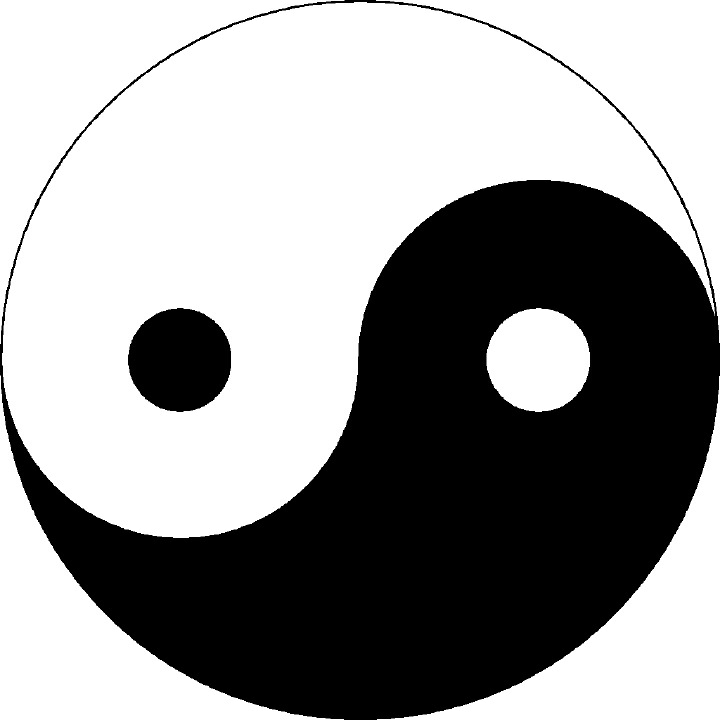
The Tao that can be followed is not
the eternal Tao.
The name that can be named is not the eternal name.
The nameless is the origin of heaven and earth
While naming is the origin of the myriad things.
Therefore, always desireless, you see the mystery
Ever desiring, you see the manifestations.
These two are the same--
When they appear, they are named differently.
--Tao Te Ching (6)
So, here we are at the Eastern portion of our journey. How does this all fit together? Well, the Eastern idea is that all things are part of the same whole. Everything that we perceive is illusion. We cannot truly know what is real. However, we are part of all that is real. Everything that is has always been, and everything that will be has already happened. Do you see how this can be confusing? Let's break it down a bit. What we see is based on our desire. Our desire causes us to make assumptions about the world around us. When we make assumptions, we impose our illusion or maya and miss the reality. However, our maya is part of our reality.
Now we're back to oppositions.

However, in Taoist thought, one cannot exist without the other. The Yin-Yang gives a solid representation of the oppositions of the universe. Without dark, there can be no light. The Yin-Yang has been called the perfect model of the universe because of the oppositions existing side by side, flowing into and away from each other. According to Mondo Secter, "it suggests ways of understanding the dynamic conditions of constant change but does not specify what the relevant understandings should be for any particular situation." (7)
Yin Yang courtesy of: ArtToday